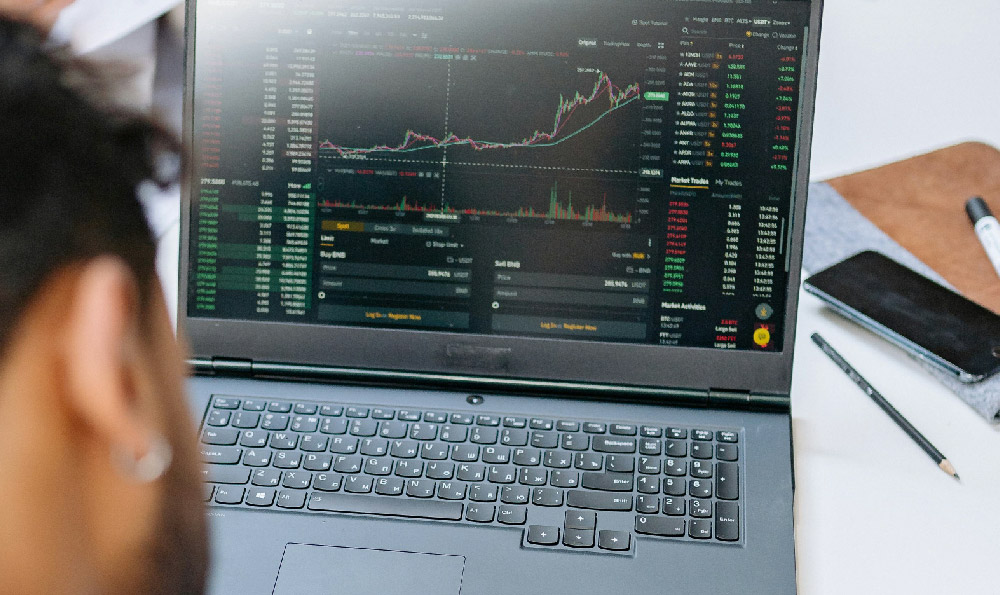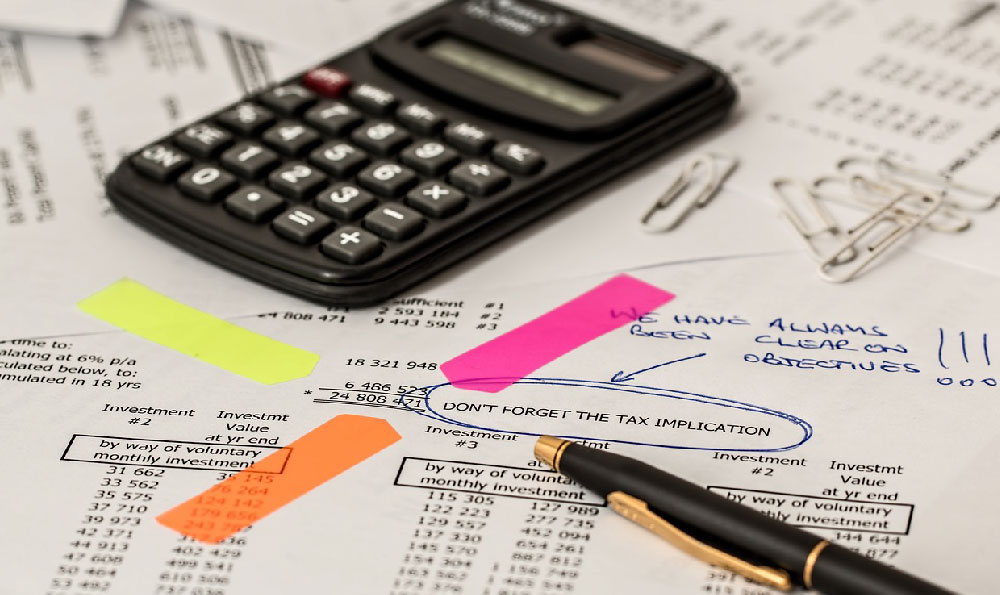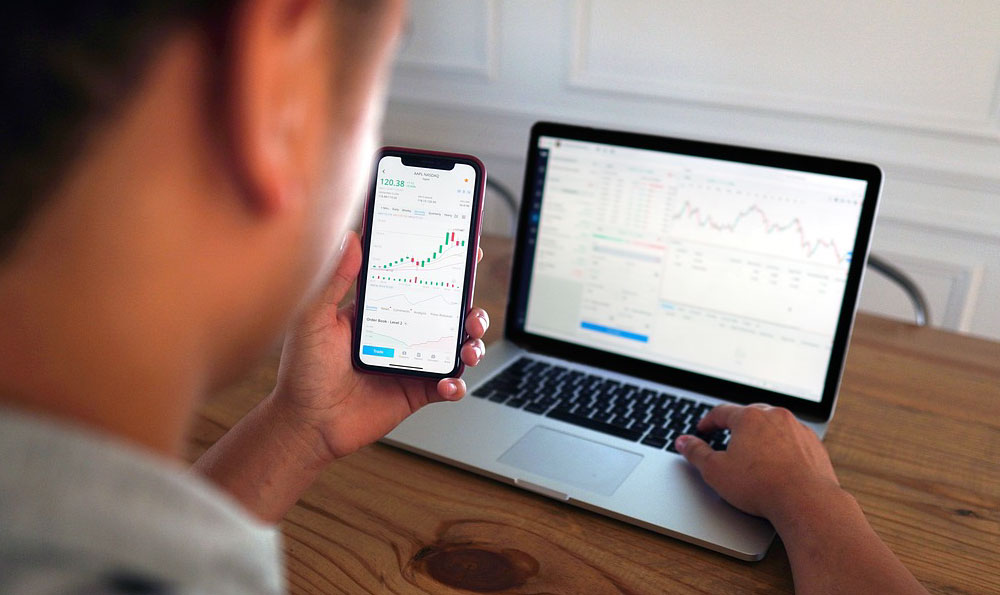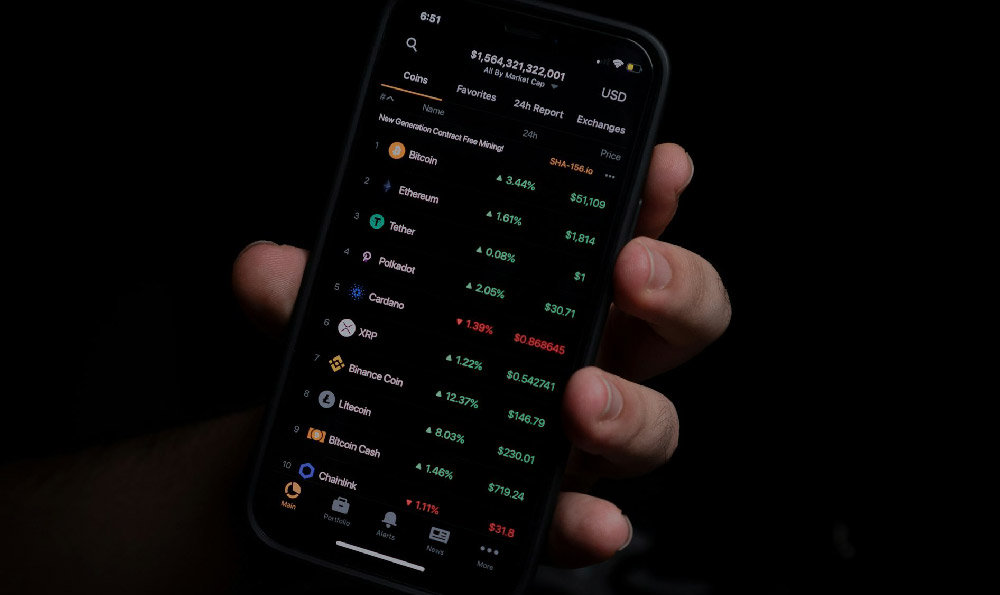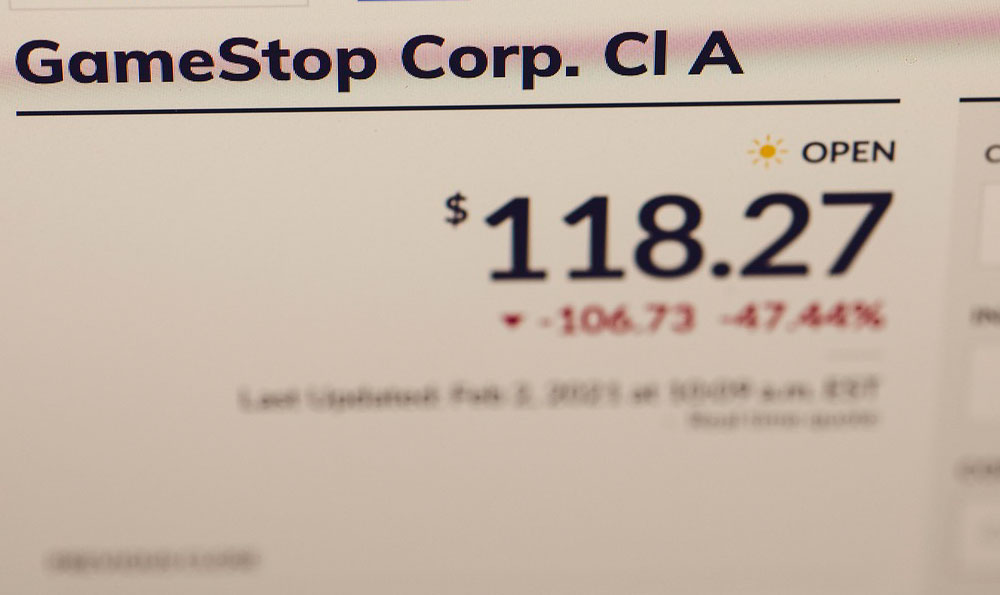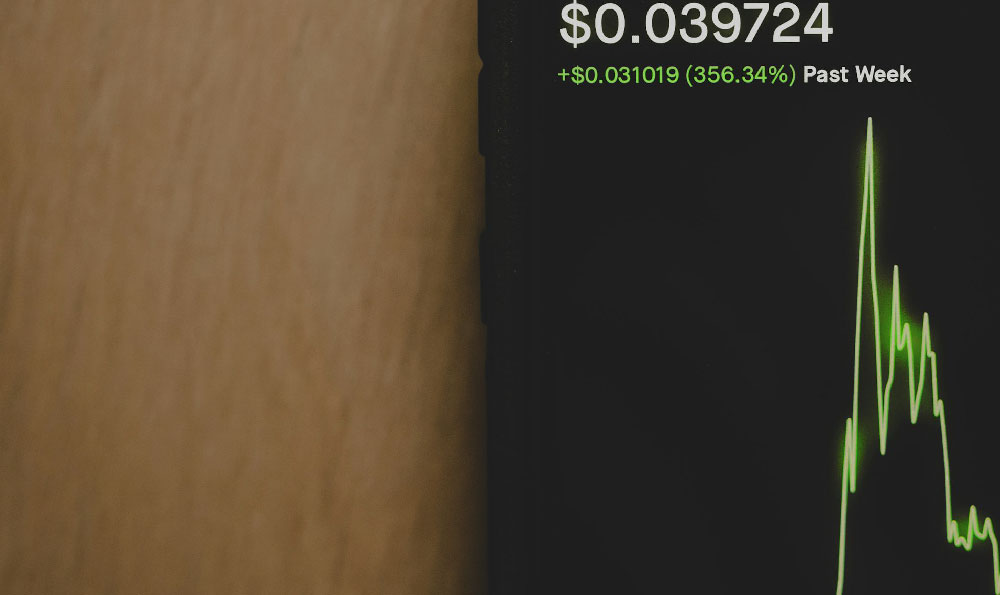Day trading has long captured the imagination of investors, promising the potential for quick profits and substantial returns in a short time frame. The allure of flipping stocks, currencies, or commodities within a single trading day to capitalize on market fluctuations has created a high demand for information on its earning potential. However, the reality is far more nuanced, as income from day trading depends on a multitude of factors beyond just market conditions. Understanding these variables is crucial for anyone considering this high-intensity trading style.
The profitability of day trading is often tied to market volatility, which refers to the degree of variation in trading prices over time. In highly volatile markets, such as those involving cryptocurrencies or forex, day traders may find more opportunities to profit from short-term price movements. Conversely, in stable markets, like certain bonds or blue-chip stocks, the potential for large gains diminishes. Traders must assess their risk tolerance and adapt their strategies to different market environments. For instance, a trader might focus on stocks with narrow price ranges during periods of low volatility, whereas in high volatility, they could target assets with greater price swings.
Another key determinant of earnings is the trader's ability to manage risk. Day trading inherently carries the risk of significant losses, as positions can be affected by sudden market shifts or unexpected news events. A well-defined risk management plan is essential to mitigate these threats. For example, setting strict stop-loss orders can limit potential losses on individual trades, while diversifying across multiple assets can spread risk. However, even with these measures, the unpredictable nature of financial markets means that losses are inevitable in the short term. It is this balance between risk and reward that shapes the overall profitability of day trading.

The impact of market liquidity also plays a role in determining how much a trader can make. Assets with high liquidity, such as major indices or large-cap stocks, tend to have tighter bid-ask spreads and faster execution times, which can increase the efficiency of trades. In contrast, illiquid assets may result in larger spreads and delayed execution, reducing the net profit from each transaction. Day traders often prioritize highly liquid markets, as they allow for quicker entry and exit points, but this does not guarantee profitability. The trader's ability to navigate these liquidity dynamics and execute trades at favorable prices is vital.
The role of psychological factors cannot be overlooked. Day trading requires a high level of focus and discipline, as traders must make split-second decisions under pressure. Emotional control is critical in avoiding impulsive actions that can lead to losses. For example, a trader might experience fear during a market downturn or greed during a rising trend, both of which can cloud judgment. Over time, these emotional challenges can erode profitability, as they may lead to overtrading or holding onto losing positions. Developing mental resilience and maintaining a rational approach to trading is therefore a key component of long-term success.
In addition to these factors, the trader's level of expertise and the tools they use significantly influence earnings. Access to reliable research, real-time data, and advanced trading platforms can enhance decision-making and improve performance. However, even the most sophisticated tools cannot replace fundamental skills such as technical analysis and market understanding. A trader who heavily relies on automated systems or unverified strategies may struggle to achieve consistent results. Conversely, those who invest in education, practice, and continuous learning often have a better chance of sustaining profitability.
The profitability of day trading is also affected by external economic and geopolitical conditions. During times of economic uncertainty, such as recessions or political instability, market volatility can spike, creating both opportunities and risks. For example, a trader might benefit from sharp price corrections in the short term but also face heightened uncertainty that makes it difficult to predict future movements. Conversely, in periods of economic growth, extended trends may offer more favorable conditions for day trading. These macroeconomic factors must be considered alongside individual market dynamics.
The importance of time management and lifestyle adjustments should not be underestimated. Day trading demands a significant time commitment, as traders must monitor markets throughout the day and respond quickly to changing conditions. This can lead to irregular hours and an increased risk of burnout, which may impact performance. Successful day traders often cultivate a routine that allows for adequate rest and mental clarity, as fatigue and stress can lead to suboptimal decisions. Additionally, the ability to adapt to different time zones and market sessions is essential for traders who operate globally.
Ultimately, the income potential of day trading is not fixed but varies widely depending on the trader's skill, discipline, and market conditions. While some traders may achieve substantial profits, many others experience losses, especially when starting out. It is a high-risk, high-reward activity that requires careful planning, continuous learning, and emotional stability. For those who are serious about day trading, the journey is not about quick riches but about building a sustainable strategy that aligns with their financial goals and risk tolerance.
In conclusion, the amount you can make with day trading depends on a complex interplay of market dynamics, personal skills, and external factors. While the potential for profit exists, it is accompanied by significant risks that must be managed carefully. Success in this field requires more than just knowledge of financial instruments; it demands discipline, adaptability, and a deep understanding of the markets. For traders who are prepared to invest time and effort into their craft, the rewards of day trading can be substantial, but the path to achieving them is rarely straightforward.


